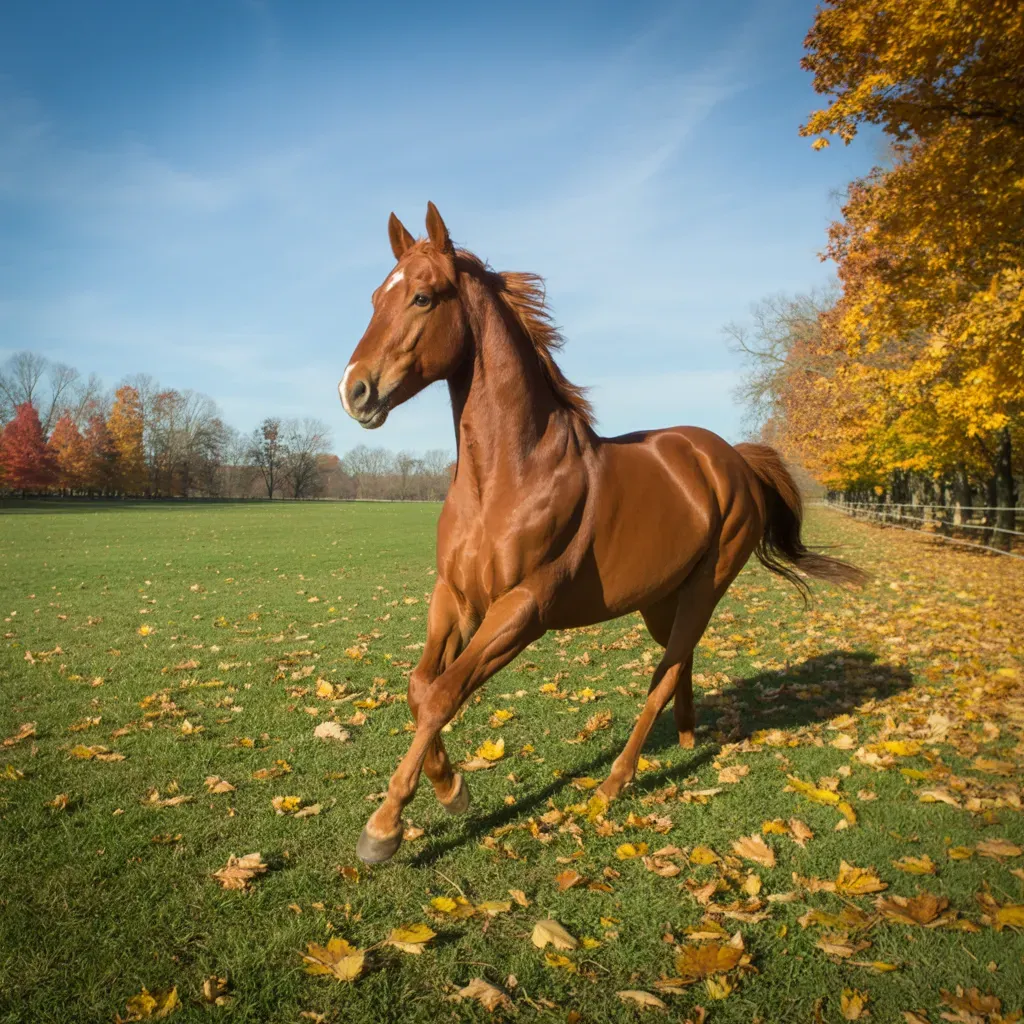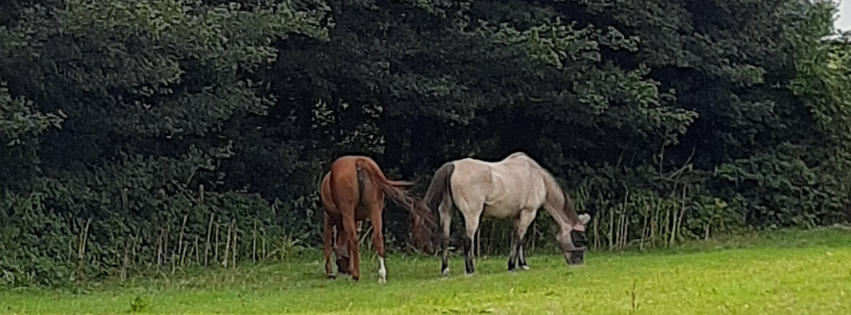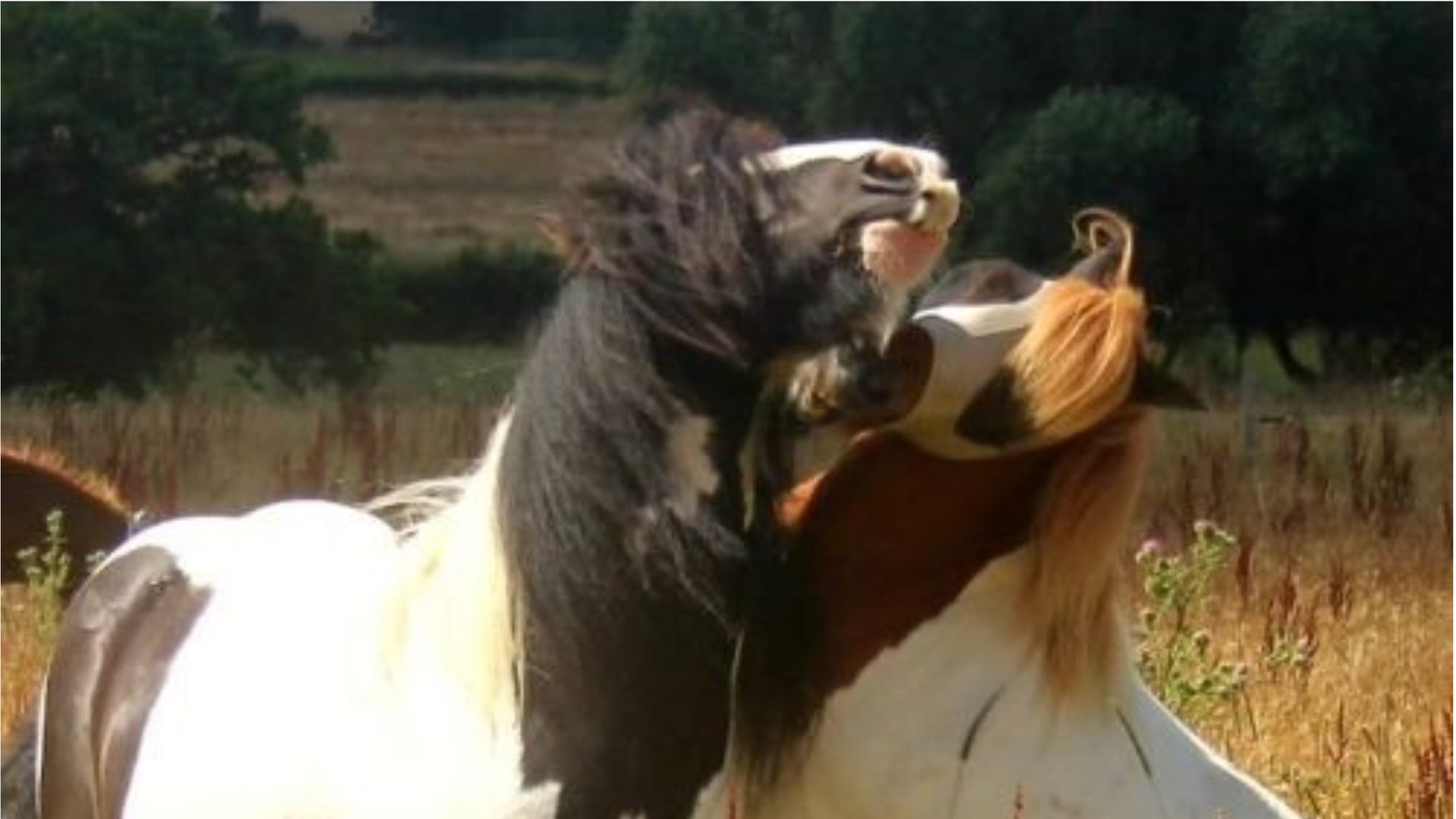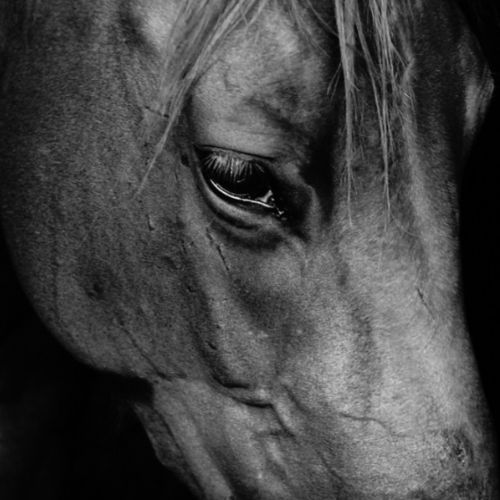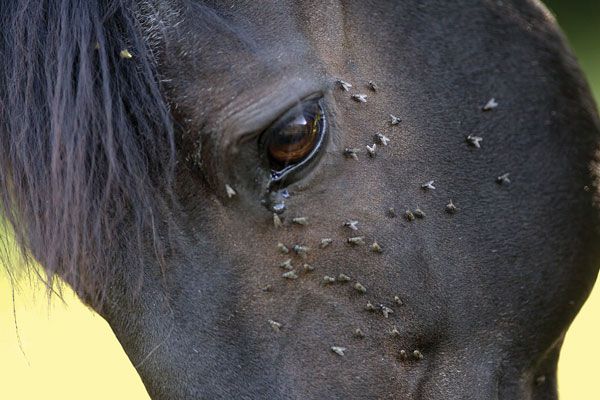Part 4: Microbiome Magic - weed it, feed it, seed it
Meet the microbial masterminds running the gut:immunity show, and discover why fibre – not feedbags – is the real gamechanger.
Welcome to Part 4 of our Thrive & Shine July Blog Series, where we shine a light on the real rulers of your horse’s health – the gut microbiome.
It’s not just digestion - it’s intelligence
Inside your horse lives a colony of microscopic lifeforms - bacteria, fungi, archaea, and viruses – all working together like an underground city. This is the microbiome. And it’s not just a passive population - it’s the central control hub for digestion, immunity, metabolism, and mood.
Support it, and your horse thrives. Starve it, inflame it, or disrupt it - and the entire system begins to falter.
Let’s dive into what the microbiome is, why it’s the root of so many modern horse health challenges, and how to rebuild it with our favourite strategy: weed it, feed it, seed it.
What is the microbiome, really?
The microbiome is the vast, living ecosystem of microbes living in and on your horse – mostly bacteria, plus yeasts, protozoa, fungi and viruses – primarily in the hindgut.
They’re not just passengers along for the ride – they’re the engineers keeping the whole train running:
- Digesting fibre which produces energy-rich byproducts
- Manufacturing key nutrients (like B vitamins!)
- Training the immune system
- Regulating inflammation
- Supporting gut wall integrity
- Communicating with the brain and nervous system
In short? They’re running the show. But only when the friendly bugs outnumber the unfriendlies.
And here’s the problem: most modern horses live in a way that starves the good bugs and feeds the wrong ones.
Dysbiosis - when things go rogue
When the microbial balance shifts – too few of the good bugs, too many of the bad – we get dysbiosis, the root of:
- Leaky gut
- Low-grade inflammation
- Poor nutrient absorption
- Behavioural issues
- Immune dysfunction
- Gas, bloating, and loose droppings
This isn’t just about digestive upset. Dysbiosis ripples through the whole system – the good bugs diminish, and the bad bugs multiply. And with them comes inflammation, digestive upset, low energy, poor nutrient absorption, and autoimmune-type reactions – from hooves to hormones.
The microbiome & the immune system
Up to 80% of the immune system is produced by the gut biome – and sits just beneath the gut lining. When the microbiome is strong, it sends calming, clear signals to immune cells: "All is well."
But when dysbiosis strikes?
- Gut wall weakens
- Inflammation rises
- The immune system panics
- Leaky gut triggers autoimmune-type reactions
The result? A cascade of confusing, chronic symptoms that seem unrelated – but aren’t.
Why fibre is everything
We say it often, because it’s true: fibre is the food of the microbiome. The good bugs thrive on fibre - not cereal fibre, but the structural fibre found in grass stems and later-cut hay – cellulose and hemicellulose.
What disrupts the biome:
- Sugar, starch, and ultra-processed feeds
- Antibiotics and wormers (especially repeated use)
- PPIs – Proton Pump Inhibitors, i.e. Omeprazole
- Stress (travel, pain, separation, competition)
- Poor forage quality or restricted access
- Lack of variety – monoculture grazing = monoculture gut – like us eating just iceberg lettuce in a salad.
It’s a reminder that feeding the horse is not the same as feeding the biome.
How the microbiome supports immunity
A healthy microbiome acts like an internal surveillance and support team:
- Produces butyrate, which powers cellular energy
- Encourages regulatory immune cells (the peacekeepers)
- Builds a strong gut lining
It’s why an out-of-whack gut often leads to exaggerated immune behaviours – from itching and allergies to recurring infections and laminitis.
What about probiotics?
Here’s where it gets interesting. Every gut biome is as unique as a fingerprint, and while probiotics sound like a fix-all, the truth is:
- There are currently no equine-specific probiotics available that truly mimic the microbiome of the horse.
- Most commercial strains are lab-grown for other species
- What matters more is feeding your horse more probiotically, not just giving a probiotic
That means: nurture the species-specific bugs already living in your horse, and give them the food they love – grass forage fibre.
Test it?
You may have seen microbiome tests marketed for horses – send off some poo, get a printout of bugs. But:
- They often only show what’s in the manure – not necessarily what’s happening in the gut wall
- Many don’t reflect function – you might have the bugs, but are they doing the job?
- There’s no universal “perfect” biome – it’s all about resilience and diversity, not hitting exact numbers
In many cases, signs like inconsistent droppings, recurrent inflammation, behaviour shifts, or skin/hoof issues tell us plenty.
Weed it, feed it, seed it - a functional reset
This isn’t just a theory – it’s the
foundation of gut restoration. Our go-to strategy for microbiome rehab is simple, effective, and based in solid gut science.
Here’s how we bring the biome back into balance, the natural way:
🟢 Weed It
Gently clear the deck with bitter herbs and binders to reduce fermentative overload, and calm inflammation:
- Remove inflammatory, ultra-processed feed which include fillers, starches, cereals, grains
- Reduce chemical load
- Clear toxins using gentle liver/lymphatic support
🟢 Feed It
Fuel the beneficial bugs with fibre-rich prebiotics and polyphenols (antioxidants).
- Ensure adlib meadow hay is always available - diverse multi-grass forage fibre
- Support digestion with WildFed, which mimics the diverse diet of wild horses, offering a variety of prebiotic roughage and phytonutrients, from barks, mosses, roots, and leaves.
🟢 Seed It
- Encourage microbial diversity through varied fibre sources
- Use prebiotics and plant compounds to support colony growth
- Protect the GI tract environment with BiomeTonic, which supports natural resistance to pathogens and parasites.
The takeaway - fibre is the future
If you do one thing to help your horse’s gut, forget the fancy feedbags. Feed meadow hay, and prebiotic diversity with hedgerow barks, mosses, roots and herbs - just as nature intended.
Coming next: Stress—the Invisible Saboteur of Gut and Immunity
In Part 5, we’ll explore how emotional and physiological stress quietly shuts down digestion, inflames the immune system, and keeps your horse stuck in survival mode.
Balance the bugs, and you build a foundation for everything else. Until then, keep it simple: More hay – less hype. More fibre – less fillers.

